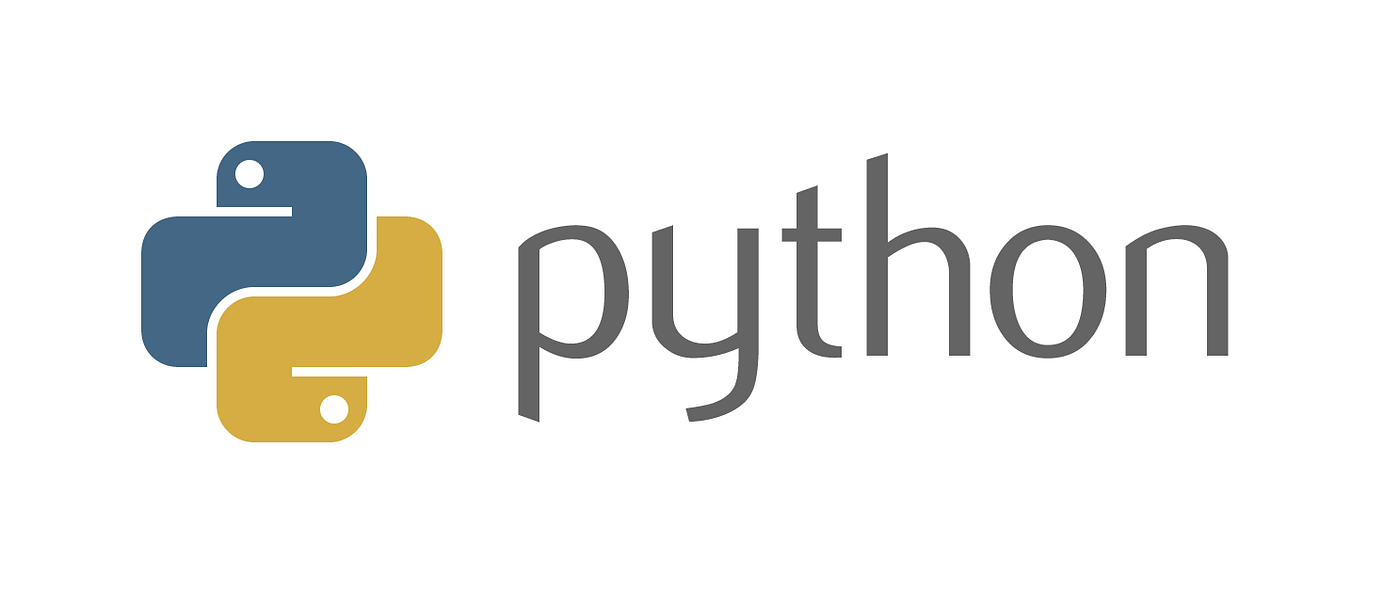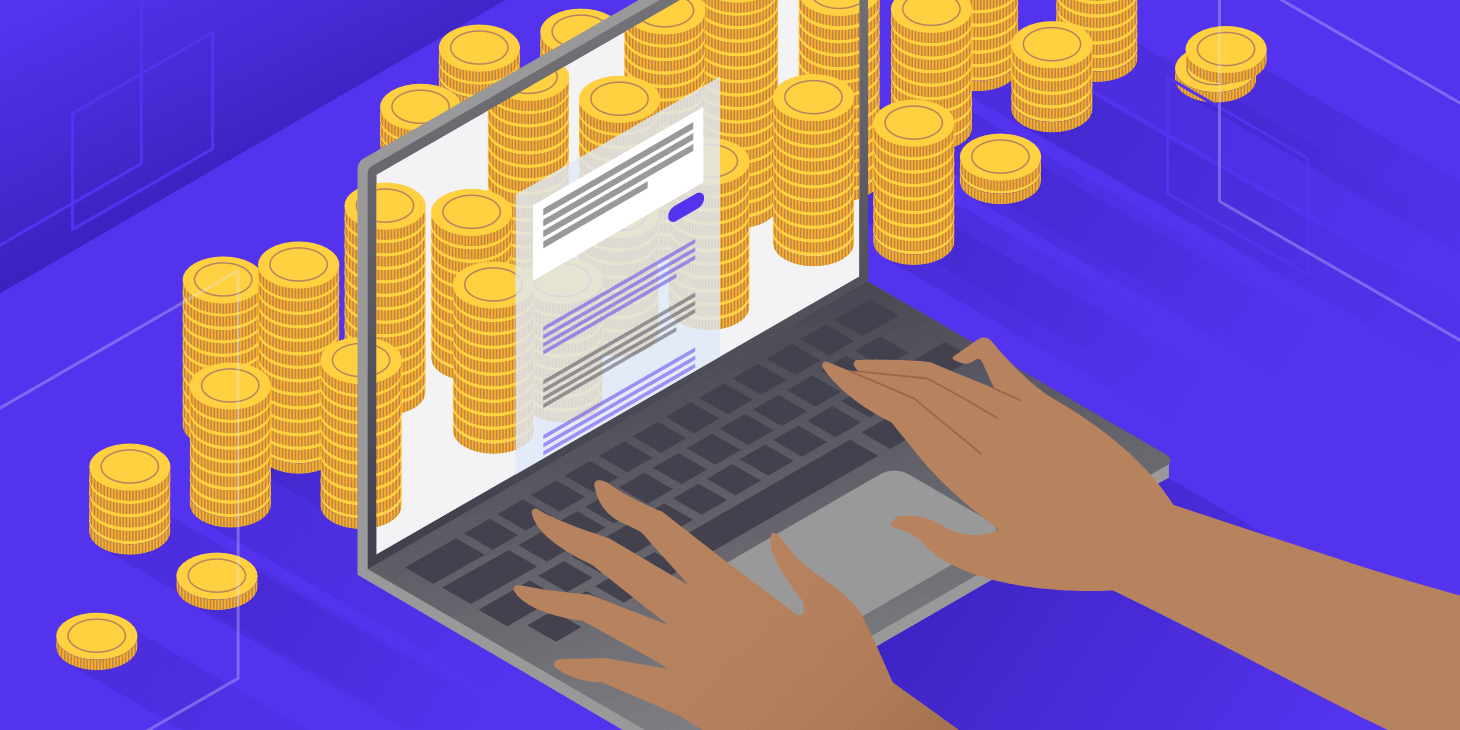
Mastering Python: A Comprehensive Guide to Python Programming
Python is without a doubt one of the most well known and flexible programming dialects on the planet. Known for its effortlessness, intelligibility, and a broad environment of libraries and systems, Python has turned into a most loved decision for fledglings and experienced designers the same. In this thorough aide, we will dig into the universe of Python programming, investigating its essentials, applications, and how you can dominate it to turn into a capable designer.
Why Python?
Before we jump into the specialized perspectives, we should comprehend the reason why Python is a particularly dearest language:
1. Comprehensibility:
Python’s language structure is spotless and simple to peruse, settling on it an optimal decision for novices. It utilizes space to characterize code blocks, which implements a reliable and coordinated coding style.
2. Flexibility:
Python can be utilized for many applications, including web improvement, information investigation, man-made brainpower, logical figuring, and then some. A language can adjust to different spaces.
3. Huge Standard Library:
Python accompanies an immense standard library that gives pre-constructed modules and capabilities for normal errands, lessening the requirement for composing code without any preparation.
4. Flourishing Biological system:
Python has a rich biological system of outsider libraries and structures. Whether you’re fabricating a web application with Django or directing information examination with NumPy and pandas, there’s a device for essentially every reason.
5. Local area Backing:
Python has a huge and dynamic local area. You can track down instructional exercises, documentation, and help from individual designers promptly accessible on the web.
Getting everything rolling with Python
1. Establishment:
To begin your Python process, you really want to introduce Python on your PC. You can download the most recent form from the authority Python site. Once introduced, you can get to the Python mediator and start composing code.
2. Fundamental Grammar:
Python’s sentence structure is clear. Here is a fast illustration of a “Hi, World!” program in Python:
pythonCopy code
print(“Hello, World!”)
As may be obvious, Python doesn’t need complex announcements or semicolons toward the finish of lines. Space replaces supports or other delimiters for code blocks.
3. Information Types:
Python upholds different information types, including numbers, floats, strings, records, word references, and then some. Understanding these information types is basic to working with Python actually.
4. Control Designs:
Python offers standard control structures like circles (for and keeping in mind that), conditionals (if, elif, else), and exemption dealing with for mistake the board.
5. Capabilities:
You can characterize capabilities in Python to modularize your code. Capabilities permit you to reuse code and make it more sensible.
Utilizations of Python
Python’s flexibility implies it is utilized in many applications:
1. Web Improvement:
Systems like Django and Cup empower designers to make vigorous and adaptable web applications.
2. Information Science:
Python is the go-to language for information examination and AI, because of libraries like NumPy, pandas, scikit-learn, and TensorFlow.
3. Logical Processing:
Researchers and analysts use Python for complex reproductions, information perception, and computational assignments.
4. Computerization:
Python is utilized for prearranging and computerization errands, making it a significant device for framework chairmen.
Dominating Python
Dominating Python includes constant learning and practice. Here are a few hints to assist you with turning into a capable Python designer:
1. Active Undertakings:
The most ideal way to learn Python is by doing. Work on projects that interest you and slowly increment their intricacy.
2. Online Courses and Instructional exercises:
There are various internet based assets, courses, and instructional exercises accessible to assist you with learning Python. Sites like Codecademy, Coursera, and edX offer Python courses for all levels.
3. Books:
There are numerous brilliant books on Python programming, for example, “Python Compressed lesson” by Eric Matthes and “Computerize the Exhausting Stuff with Python” by Al Sweigart.
4. Open Source Commitments:
Consider adding to open-source Python projects. This will give you genuine experience and assist you with teaming up with different designers.
5. Remain Refreshed:
Python advances, and new libraries and elements are continually being created. Stay up with the latest with the most recent patterns and updates in the Python biological system.
End
Python is a flexible and strong programming language with a great many applications. Whether you’re a novice or an accomplished engineer, dominating Python can open ways to energizing open doors in web improvement, information science, mechanization, and then some. Begin your Python process today, and with commitment and practice, you’ll turn into a capable Python developer in a matter of seconds.

